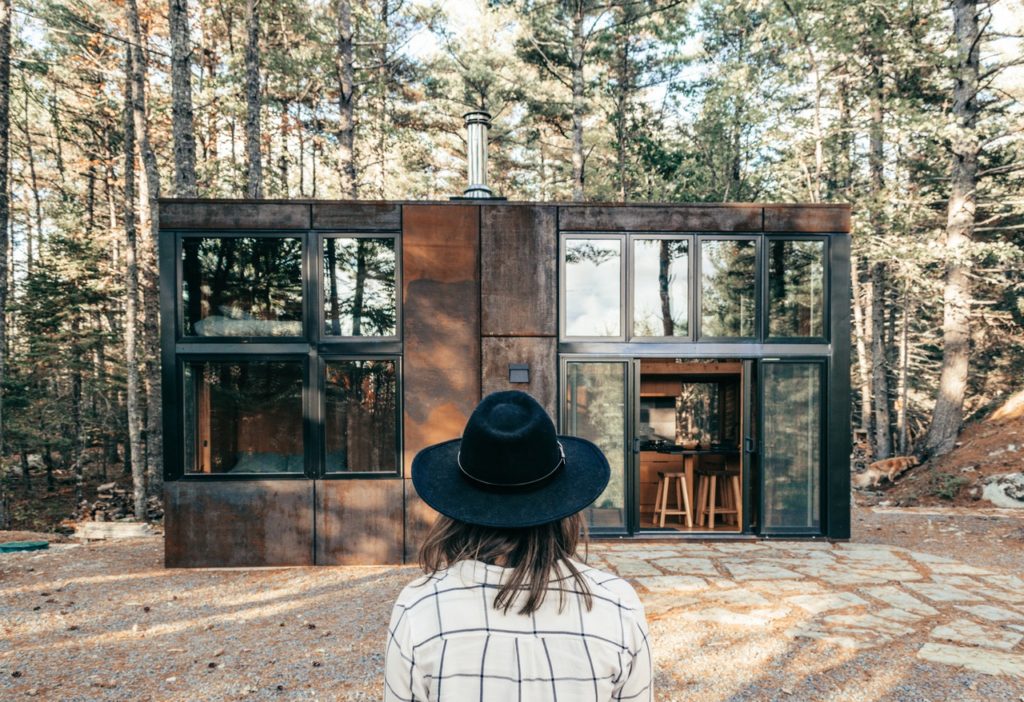Living in tiny houses is a growing trend among millennials. In fact, if you Google tiny houses, you will be bombarded with all sorts of information from to the many benefits this lifestyle change has in store for its adherents. On top of the list of oft-cited advantages is the chance to reduce your carbon footprint.
Deciding to dwell in a literally humble abode allows you to consume less energy. That’s arguably the idea’s main selling point. It explains the movement’s popularity among a generation that’s increasingly becoming aware of the all too real threats of climate change.
Yes, for economically privileged people, choosing to downsize your home is a voluntary decision. But the same cannot be said if you are struggling financially while also raising a family. In such a case, the decision comes by default, and living in a tiny house becomes less romantic and more of a struggle.
If you live in a tiny house out of necessity and not in service of a political agenda or some whimsical inclination, you can still derive inspiration from the tiny house trend. At least in terms of how to make your limited space more livable and comfortable.
Alternative storage ideas
Instead of bulky cabinets and closets, which will eat up a lot of your floor space, consider using alternative storage such as tote trays. These trays come in different sizes, colors, and designs. In them, you can store clothes, shoes, school supplies, and groceries, among others. They’re like tote bags too because they come with handles for easy transport.
You can hide these tote trays under beds and tables. You can color-code your children’s tote trays so that they do not get confused in the morning while they rummage for school clothes. The same rule applies to kitchen supplies. For example, a green tote tray for canned goods and a red one for utensils. You can come up with your own clever storage system.
Strategic shelves and hooks

The key is to maximize all available surfaces, even vertical ones. Do not let your walls go idle. Place strategic hooks where you can hang clothes and whatnot. Put shelves behind doors for additional storage.
The things you hang can double as ornaments. For example, your colorful cups can decorate the walls of your kitchen. And since they’re already out in the open, they’re just within your grasp should you need a cup of coffee.
Mobile/temporary partitions
Instead of walls, opt for sliding doors. That way, if you ever need to entertain guests in your home, you can repurpose your entire floor space for socials. Sliding doors prove more space-friendly compared to traditional doors that you push and pull. The former tucks into walls and stays unobtrusive until pulled out.
You can take it a step farther and ditch sliding doors and go with temporary partitions such as accordion walls on wheels. These walls can be made from a range of materials, from decorative fabric to a blank plastic canvas. Whichever material you choose, the goal is to make your house as flexible as possible.
Windows and skylights
This might not be doable if you live in a unit on the eighth floor of an apartment complex. Now, if your small house is standalone, this is a project you can pursue. More windows bring the illusion of ample space within an otherwise limited area. The same goes for skylights, which also doubles as natural lighting.
Build a loft
Building a loft above your kitchen or living room will considerably expand your floor space. However, this project might be costly. To spare you from too many expenses, you can use reclaimed home building materials. These are normally free of charge.
You need to do a little research, though. A quick Google search will introduce you to organizations that sponsor the distribution of these materials. Hopefully, there’s one nearby your place of residence.
All families deserve safe and comfortable housing. More so if said family is composed of children in the formative years of their lives. A home where one can move freely to learn and discover is integral to a happy childhood.
Check your relevant government agencies for subsidies related to home repair and improvement. Low-income families are eligible for these aids. You may use the grant your receive for any or all of the recommendations cited above. Bear in mind that there are ways to ensure a dignified life even in a tiny house. That’s something you must commit to for the benefit of your children.

